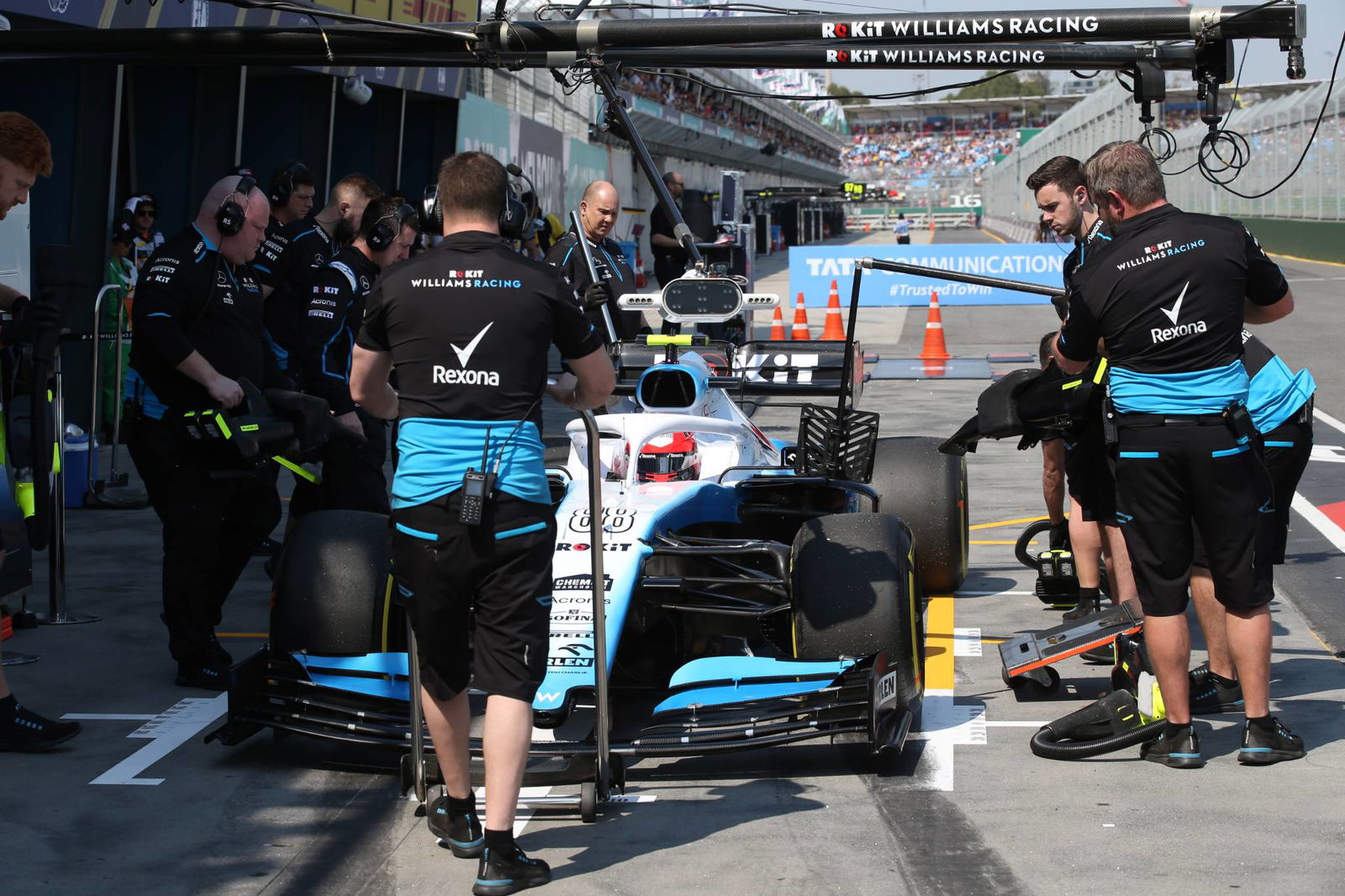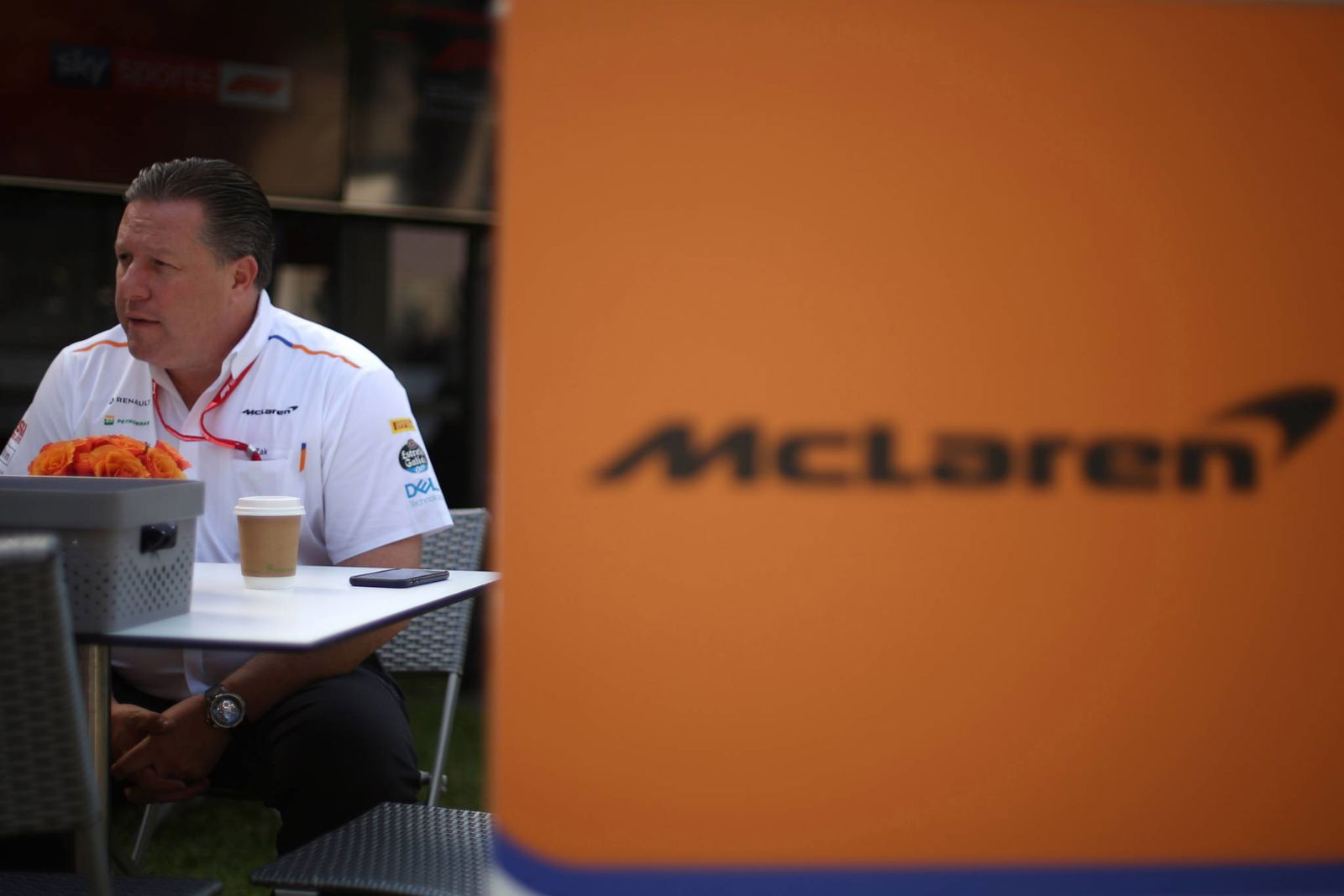F1 Paddock Notebook - Australian GP Saturday
– Lewis Hamilton, already in possession of the record for most career pole positions (84), has now equalled the record for most pole positions at a single grand prix after taking his eighth at Albert Park. He joins Ayrton Senna and Michael Schumacher in the record books, who took the same number of poles at Imola and Suzuka respectively.
– Hamilton’s pole time, 1m 20.486s, was 0.678 seconds quicker than his 2018 Australian Grand Prix pole lap and a new track record for the Melbourne Grand Prix Circuit.

– Lewis Hamilton, already in possession of the record for most career pole positions (84), has now equalled the record for most pole positions at a single grand prix after taking his eighth at Albert Park. He joins Ayrton Senna and Michael Schumacher in the record books, who took the same number of poles at Imola and Suzuka respectively.
– Hamilton’s pole time, 1m 20.486s, was 0.678 seconds quicker than his 2018 Australian Grand Prix pole lap and a new track record for the Melbourne Grand Prix Circuit.
– Sebastian Vettel must’ve been perversely vindicated that his protestations about Ferrari’s position as preseason favourite turned out to be misguided, but even he admitted he was “relatively surprised” by the 0.7-second deficit to Mercedes — but he did hint that he was confident Ferrari’s race pace could pull the Scuderia back ahead, leaving one route of potential salvation for pundits who predicted a changing of the guard.
– Despite Mercedes’s apparent position of strength, it’s worth remembering that the team held the same advantage in Australia last year after qualifying and still lost the race, albeit in part down to strategy. It also lost the following race in Bahrain and failed to recapture the championship lead until the Spanish Grand Prix.
– Max Verstappen explained that the unusually late start to his second run in Q3 was down to a stall exiting the garage. The time it took to restart the car left him with only around five seconds to spare as crossed the line to start the lap that would place him fourth on the grid.
– Haas repeated the same qualifying result it scored in 2018, albeit with Romain Grosjean leading Kevin Magnussen this season. Grosjean remarked that there’ll be no nerves when it’s time for his first pit stop given the team has strung together 20 races worth of tyre changes since Haas’s Australian disaster this time last year.
– The story of the midfield was its closeness, with every driver professing to be at least slightly unhappy with the small fractions of time left on the table that would have had major implications on their grid position. Just 0.2 seconds separated 10th from 15th in Q2; only 0.1 seconds separated 15th from 18th in Q1, obviously excluding the Williams pair.
– Nico Hulkenberg lamented a power unit problem at the end of Q2 that robbed him of the chance to qualify for Q3. “I lost power,” he said. “What exactly happened? Something electric power unit-related went wrong”.
– It was a good day for rookies who aren’t Italian, with Lando Norris (P8), Alex Albon (P13) and George Russell (P19) each outqualifying their respective teammates on debut. Antonio Giovinazzi, however, was knocked out of Q2 in P14 while teammate Kimi Raikkonen progressed to the top 10 and qualified ninth.
– Williams’s woes continued Saturday with George Russell and Robert Kubica qualifying at the back of the grid more than 2.3 seconds off the pace. Having taken the car to its limits, Russell relayed that, aside from an overall lack of downforce, the FW42 is afflicted by a “fundamental” problem that will take “a number of races” to rectify. He said he wasn’t prepared to discuss the issue publicly.
– Kubica’s first qualifying sessions in more than eight years ended with a whimper. Not only did he qualify last, but he gave himself a puncture when he rubbed up against the barrier at the exit of turn 10. The slow-moving Williams then held up Carlos Sainz as it limped back to the pits, compromising the Spaniard’s final Q1 lap and relegating him to 18th.
– Pirelli has recommended a two-stop race as the fastest strategy for the Australian Grand Prix. The quickest route to the flag is via two 21-lap stints on softs followed by one 16-lap stint on mediums. However, because overtaking is difficult, a one-stop comprising a 27-lap soft-tyre stint followed by a 31-lap medium-tyre stint is the most likely strategy.
– Elsewhere, McLaren announced a season-long sponsorship agreement with Coca-Cola, coming off the back of a four-race deal at the end of last season. The MCL34 is carrying the Coca-Cola logo this weekend and will carry other Coca-Cola brands throughout the season.

